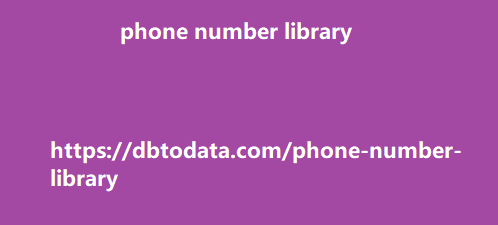How to update and enhance old blog posts Let us say that you finally have a lot of blog posts as you’ve been consistently writing over the years. It’s important that you don’t leave those blog posts alone, but to go back and update them when necessary and applicable. The first step to updating and enhancing old blog posts is knowing which blog posts to update or enhance. This is applicable for all webmasters but is especially true for publishers where the main source of attracting traffic is through their content, like this website. The problem happens when you have blog posts dated to 5+ years back. This means that you’ve published hundreds of blog posts or maybe even thousands.
So, there has to be a large number
of old underperforming blog posts in your arsenal. How do you choose the blog posts that you will update and enhance? Through their rankings and traffic. Easy enough, the primary way to determine which of your blog posts needs updating is to check Google Analytics and Google Search Console (or rank tracking SaaS). Here’s how you can do it: On Google Analytics account, go to Behavior → Site Content → All Pages. There you’ll see your top 10 viewed pages for the timeframe you set. google analytics You can further refine it by searching for particular blog posts you have in mind through the search bar.
Though you have to remember to search
using your blog post’s URL slug only. If you accidentally include the domain name, it won’t show the results for the specific blog post. If you want to check the pages they visited to enter your site, go to Behavior → Site Content → Landing Pages. Here you’ll see which pages they see first when they enter your site. This is also a great way to check which pages are attracting the most visitors from various sources. google analytics landing pages To view which blog posts are performing well organically, you can use Google Search Console’s Performance page. Just go to your Google Search Console property, then go to Performance → Search Results → then scroll down until you see the QUERIES table → click on PAGES.
google search console pages Here you’ll
see the blog posts that are garnering the top clicks/impressions on Google search results. You can even search for a particular blog post by clicking on the inverted triangle on the upper right side corner of the table to filter the results. From these two essential tools alone, you’ll be able to determine which blog posts are underperforming and have them updated AND enhanced immediately. So, how do we do it? Updating posts as blog writing Now that you’ve determined which blog posts you’ll be updating, you will need to know where to start. I’ve actually written in the past about content augmentation and how to improve an old blog post’s reach.
So, I’ll only be including recent and timely
strategies that I haven’t written about yet azerbaijan phone number library in my other posts. Serving intent Intent should now be the primary focus in blog writing when you’re trying to make your posts rank. Historically, keyword optimization was more technical and straightforward where you just needed to put in the keywords in the title tag, meta description, H1, and the body of your content. But as times have changed and Google has continuously improved their machine learning algorithms and content understanding capabilities, serving the right intent for your target keyword is more important than ever. The buzzword for the industry in recent years is “LSI keywords” while this may hold some importance to some extent, it doesn’t necessarily help you with serving intent.
Why? Because in a nutshell, latent semantic
indexing keywords are terms that are conceptually related to your target keyword—so if you’re already writing about your keyword topically—which you should, not focusing on the particular keyword, but the overall topic it covers, you’re automatically targeting LSI keywords without having to research, think, focus, and write about them. Knowing semantic search and serving intent—through manually checking what kind of pages is Google ranking for your target topic or keyword—will not only help you save time and effort but will also help you in determining if you will rank well. There have been many instances in the past where my team and I wrote about a specific keyword or topic while not checking the search results for them.
What happened was we were not able to rank
well for a considerable amount of time a quick guide to advanced javascript because the search results were serving category and product pages instead of content-heavy pages. If we had just understood the right intent to serve, we wouldn’t have had to rewrite and repeat efforts which took more time and energy. Republishing Republishing (and updating) sounds simple but is still an underrated tactic for updating old blog posts. Blog writing doesn’t always have to be about completely new topics, it can be about republishing articles. There are some blog posts that are so outdated that their contents are not even applicable to today’s day and age. Republishing and updating the information contained in that blog post does not only improve its freshness signals but it’s also an opportunity for you to gain more valuable traffic by having otherwise useless blog posts turn into a traffic-attracting one.
For example, here’s a blog post I updated a while back:
10 things you need to stop doing in your usa data marketing emails This was published in 2015 and I noticed that some of the things I wrote about were already outdated. So I added two more factors and updated the content to be more relevant and accurate. Technical factors This is the easiest and most used tactic for updating old, underperforming blog posts. If you believe that the information of your old blog post is still sufficiently applicable to today’s time, description doesn’t necessarily imply what the page is about which is why users don’t click on your search results.







